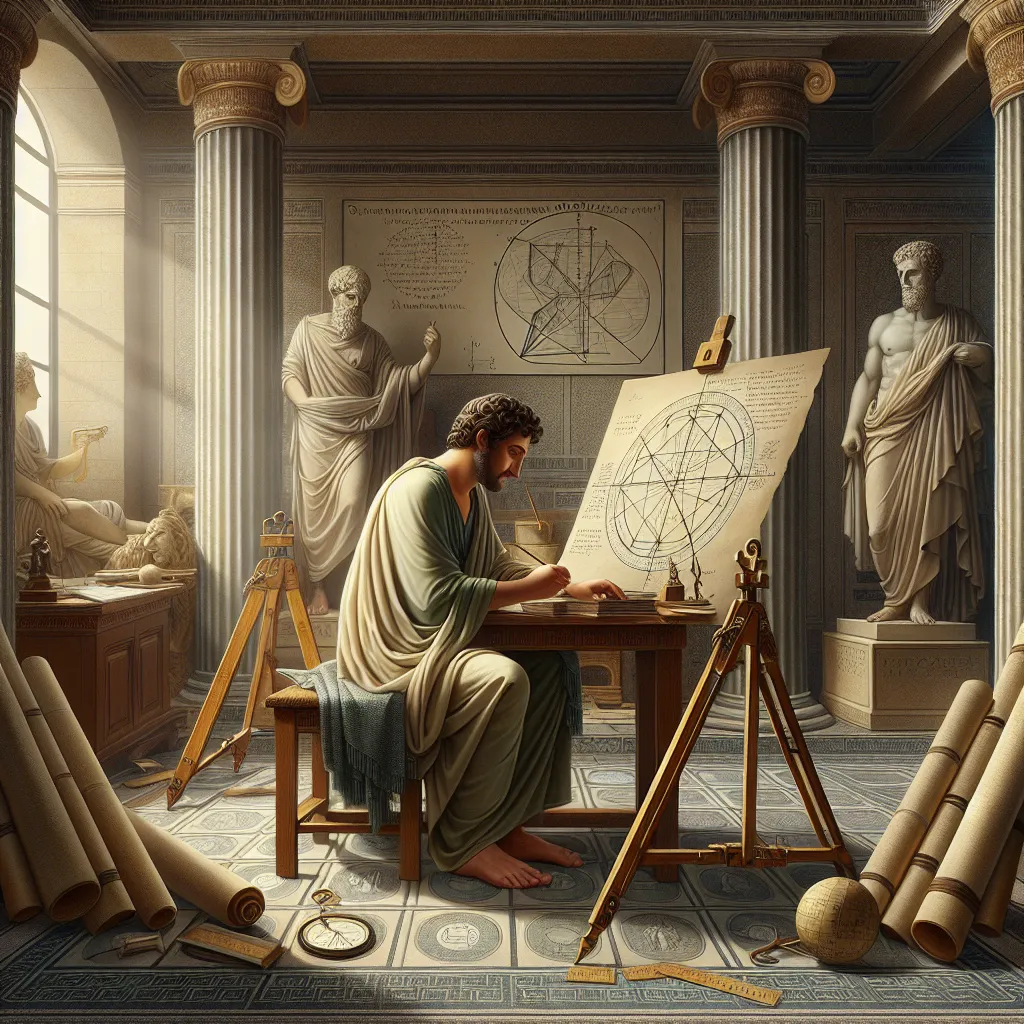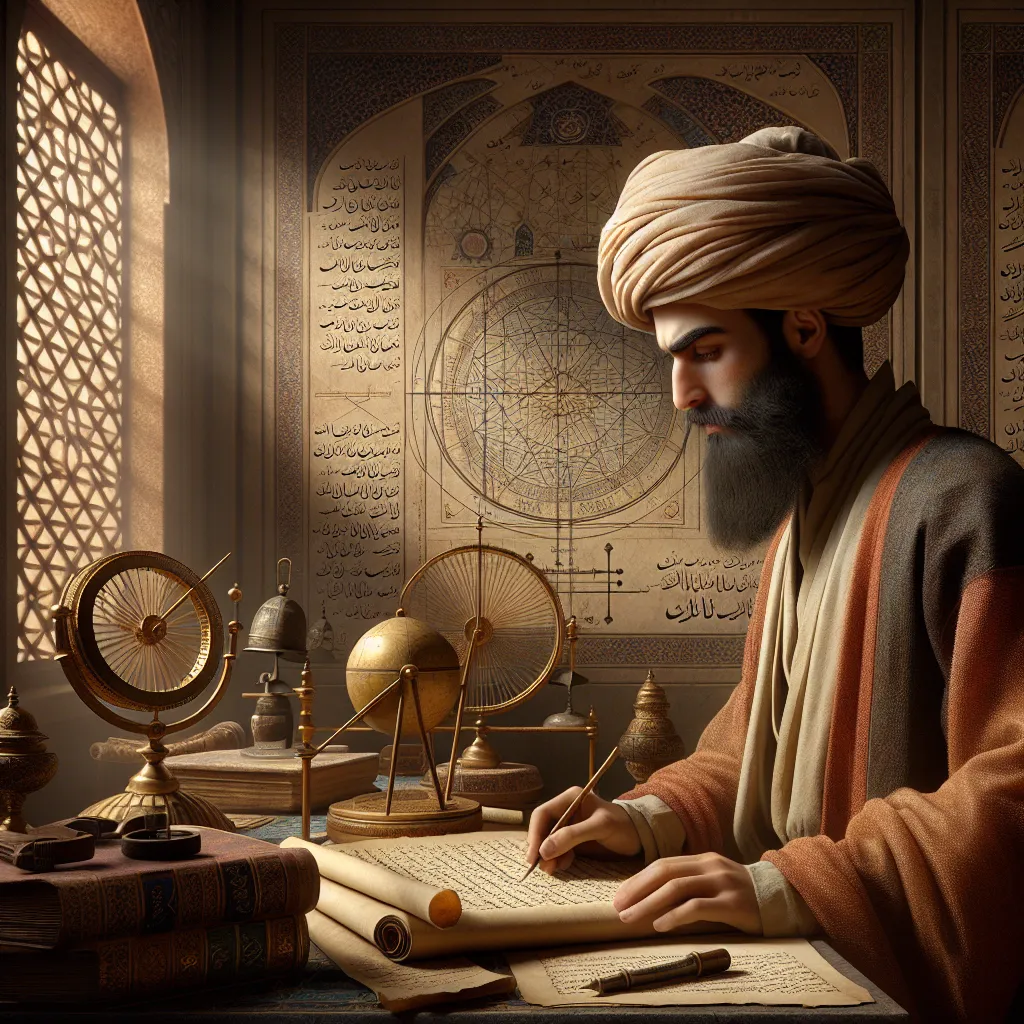History of Mathematics
History of Mathematics
 Description: An ancient mathematical text demonstrating early problem-solving techniques.
Description: An ancient mathematical text demonstrating early problem-solving techniques.
Mathematics has a rich and storied history, with roots that stretch back to the earliest civilizations. This section explores the key developments and figures in the history of mathematics, from ancient times to the modern era.
Ancient and Classical Periods
Early Mathematics
- Egyptian Mathematics: The ancient Egyptians developed a decimal system and were known for their knowledge of geometry, which they used in constructing pyramids.
- Babylonian Mathematics: Known for their development of a base-60 number system and early work in algebra and geometry.
 Description: Ancient Egyptian papyrus showing early mathematical calculations.
Description: Ancient Egyptian papyrus showing early mathematical calculations.
Greek Mathematics
- Pythagoras: Best known for the Pythagorean theorem, which relates the sides of a right triangle.
- Euclid: Often referred to as the “father of geometry,” Euclid’s work “Elements” is one of the most influential works in the history of mathematics.
 Description: A depiction of Euclid, whose works laid the foundations for modern geometry.
Description: A depiction of Euclid, whose works laid the foundations for modern geometry.
Medieval and Renaissance Mathematics
Islamic Mathematics
- Al-Khwarizmi: His works on algebra (from which the term “algorithm” is derived) were fundamental to the development of this branch of mathematics.
- Omar Khayyam: Known for his work on the classification and solution of cubic equations.
 Description: A portrait of Al-Khwarizmi, whose contributions were pivotal in the development of algebra.
Description: A portrait of Al-Khwarizmi, whose contributions were pivotal in the development of algebra.
European Renaissance
- Leonardo Fibonacci: Introduced the Fibonacci sequence to the Western world through his book “Liber Abaci.”
- René Descartes: Developed Cartesian coordinates, bridging algebra and Euclidean geometry.
 Description: A depiction of Leonardo Fibonacci, known for the Fibonacci sequence.
Description: A depiction of Leonardo Fibonacci, known for the Fibonacci sequence.
Modern Mathematics
17th and 18th Centuries
- Isaac Newton and Gottfried Wilhelm Leibniz: Independently developed calculus, a branch of mathematics that deals with continuous change.
- Leonhard Euler: Made pioneering contributions to topology and introduced much of the modern terminology and notation, including the concept of a function.
 Description: A portrait of Isaac Newton, who co-developed the field of calculus and made significant contributions to mathematics.
Description: A portrait of Isaac Newton, who co-developed the field of calculus and made significant contributions to mathematics.
19th and 20th Centuries
- Carl Friedrich Gauss: Known as the “Prince of Mathematicians,” Gauss made significant contributions to number theory, algebra, statistics, analysis, differential geometry, and electrostatics.
- David Hilbert: Proposed the famous list of 23 unsolved problems at the start of the 20th century, which guided much of the research in mathematics.
 Description: A portrait of Carl Friedrich Gauss, one of the greatest mathematicians of all time.
Description: A portrait of Carl Friedrich Gauss, one of the greatest mathematicians of all time.
Further Reading
For more detailed information on the history of mathematics, you can explore the following resources: